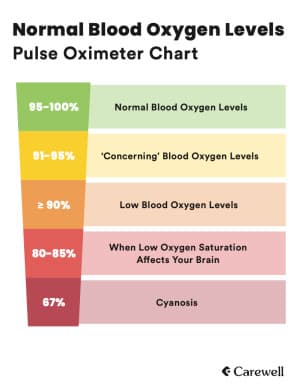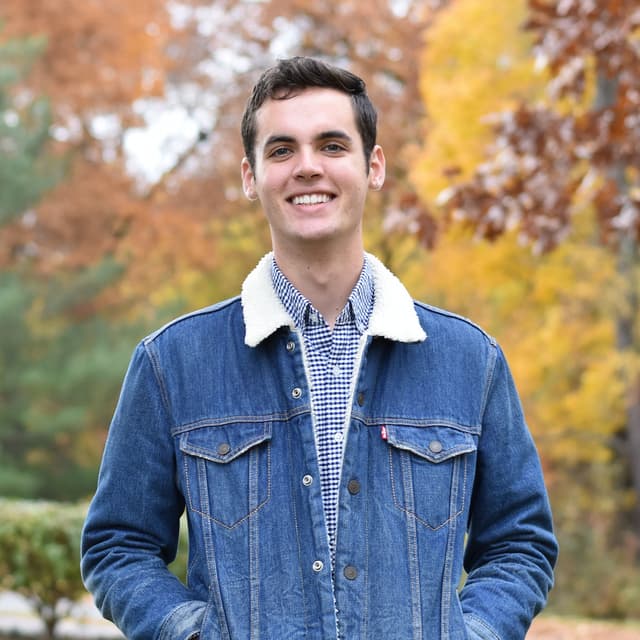The pulse oximeter has gained significant attention recently, especially with the COVID-19 pandemic. You might be wondering: How does this small device work, and how can it help you monitor your health?
What exactly is a pulse oximeter?
A pulse oximeter is a non-invasive device that helps you monitor your blood oxygen saturation (SpO2) and pulse rate (which is similar to your heart rate). It works by shining light beams through your finger to estimate how much oxygen is in your red blood cells. Beyond oxygen saturation, some pulse oximeters can also measure tissue perfusion, which indicates the amount of blood flowing through your circulatory system.
How to use a pulse oximeter correctly
For accurate readings, the FDA recommends these steps:
Wash your hands thoroughly.
Remove any nail polish from the finger you plan to use.
Ensure your hand is warm.
Place the oximeter on your finger, typically the middle finger on your right hand for the most accurate measurement.
Hold your hand below the level of your heart.
Sit still and wait a few seconds until the device displays a steady number.
Always refer to the manufacturer's instructions for your specific device as well.
Your doctor might recommend pulse oximetry if you have a condition that affects your oxygen levels, such as long-term heart or lung problems, or asthma. Additionally, if you're experiencing symptoms of illnesses like the Coronavirus, monitoring your oxygen levels can provide valuable information.
Understanding your SpO2 and heart rate at any moment can offer valuable insights into your health. Therefore, choosing a reliable and trustworthy device is important. Carewell offers a wide selection of pulse oximeters to meet your needs.
Interpreting your pulse oximeter readings
Reading a pulse oximeter is quite straightforward. Most devices display two numbers:
When you take readings, pay attention to how current results compare to previous ones. Trends or significant changes can often be more meaningful than a single measurement.
What's considered a normal oxygen level?
According to the FDA, most healthy individuals typically have an SpO2 value between 95% and 100%.
Download our blood oxygen level chart
DOWNLOAD THE CHART

Our top pulse oximeter recommendations
McKesson Basic Fingertip Pulse Oximeter
This device is non-invasive and suitable for pediatric to adult use. The multi-angle display shows easy-to-read levels of functional blood oxygen saturation (SpO2) and pulse rate (PR). Its easy-to-use design allows for adjustable brightness and delivers a long battery life.
Proactive Fingertip Pulse Oximeter
This device only needs two AAA batteries that last for more than 30 hours of use, shutting off automatically when no signal is detected to preserve the battery life. it also displays digital SpO2 and PR while using bar graph technology to monitor heart rate.
Baseline Fingertip Pulse Oximeter
This option is the most economic of the three and provides a clear LCD display and is lightweight and portable.
Final Thoughts
Whether you're monitoring a loved one's health or simply curious about your own, a pulse oximeter can be a valuable tool. These devices offer peace of mind and crucial information, especially for those managing long-term heart or lung conditions. With easy-to-follow instructions and clear displays, a fingertip pulse oximeter can be a significant benefit for any caregiver.
If you have any questions about the pulse oximeters we've featured, please don't hesitate to contact our friendly Caregiving Specialists. Call us at (800) 696-CARE or email support@carewell.com. They can help you make the best decision for your loved one's needs.
COVID-19 Disclaimer: While this device offers one way to measure your symptoms if you test positive for COVID-19, it should not be the only way to gauge overall health. While uncommon, devices can give inaccurate readings. Please contact your medical provider if you are experiencing emergency symptoms, as outlined by the CDC, such as trouble breathing, persistent pain or pressure in the chest, new confusion, inability to wake or stay awake, or pale, gray, or blue-colored skin, lips, or nail beds.







